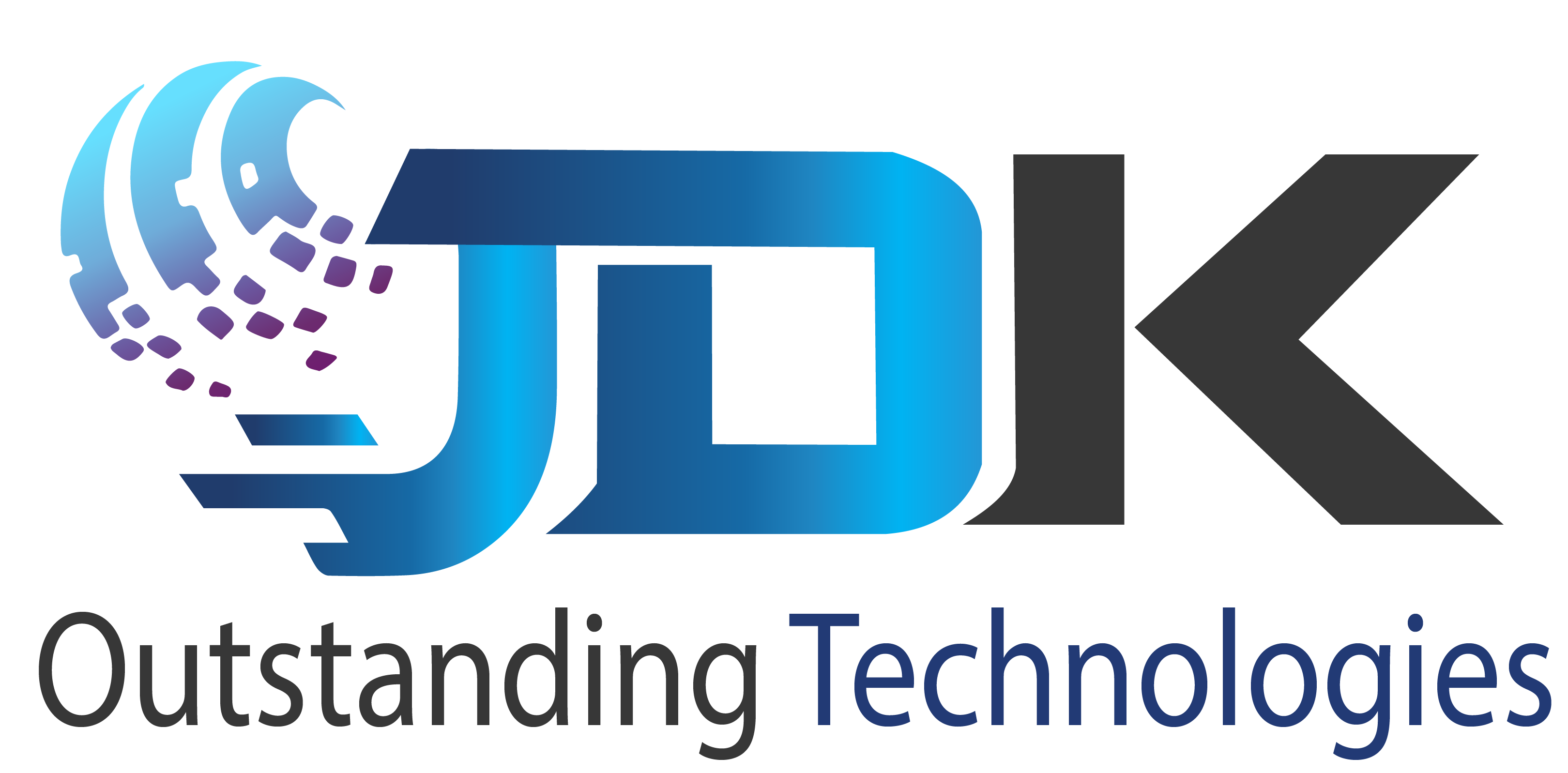Understanding User Experience (UX)
User experience is the emotions and perceptions that users experience when interacting with a product, service, or feature. In today’s era, where digital products cater to diverse needs, offering a positive user experience is crucial because will play an essential role in determining whether users will continue engaging with your product.
The UX lifecycle
A successful UX design should be characterized by usability, equity, enjoyment, and usefulness to achieve this, the UX process follows an interactive approach.
With the user always as the focal point developing a digital product going to be a cycle, of continuously improving and optimizing itself.
Empathizing with clients and defining the problem
Our users provide valuable insights regarding their perspectives on how and why they use a digital product.
Empathize with the users involves understanding their needs, objectives, and concerns, we can use various formal and informal research methods to collect this information. For example, A/B testing, analytics, ethnographic observation, etc., and as formals we have techniques like guerrilla usability testing, remote tests, or design walls. Each of these methods requires a structured process guided by UX Researchers.
By collecting data through these research methods, you can deeply understand the users’ pain points. With pain points we refer to the problems or frustrations that users encounter while trying to fulfill their needs and prepared with this information, you can work on the most effective solutions to solve these concerns.
The importance of prototyping and testing.
Prototyping and testing are critical steps in the product development process.
After empathizing with our users, defining the problem, and brainstorming ideas with the team, the following very important step is prototyping allows us to visualize our ideas and transform them into tangible versions of our solution.
There are various techniques for prototyping, for instance, paper prototyping or sketching, which could be effective if we want to land ideas, or using a design software specialized to create wireframes, or interactive prototypes which could be efficient to demonstrate user interactions.
Once the prototype is ready, we can test our solution with potential users to validate if our proposal is effective, trough testing we gain valuable insights that let us continue improving, and identify usability issues.
UX as the key to business success
A well-executed UX development cycle has the potential to significantly impact the success of our product or service. Solving user problems is important, but a unique experience plays a crucial role, we have thought continuously if our users are satisfied. Or if they continue using our product? Are they recommending our product to others?…
We have to worry in offer a positive user experience, that will motivate our users to continue using our products and will reinforce loyalty, a superior experience is capable to separate from our competitors, boosting customer preference, and positive results in our conversion rates.
In this era of digital transformation, investing in UX research, prototyping, and testing is a strategic imperative. By prioritizing the needs and expectations of your users, you can create exceptional digital experiences. Embrace the power of UX research, prototyping, and testing to elevate your digital experiences and unlock the full potential of your products or services.




